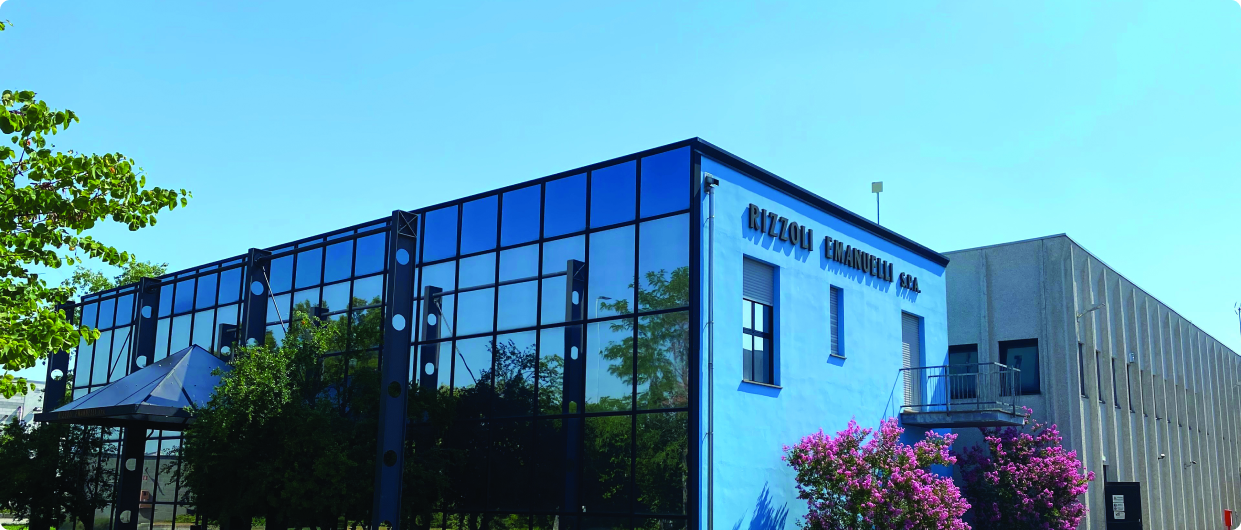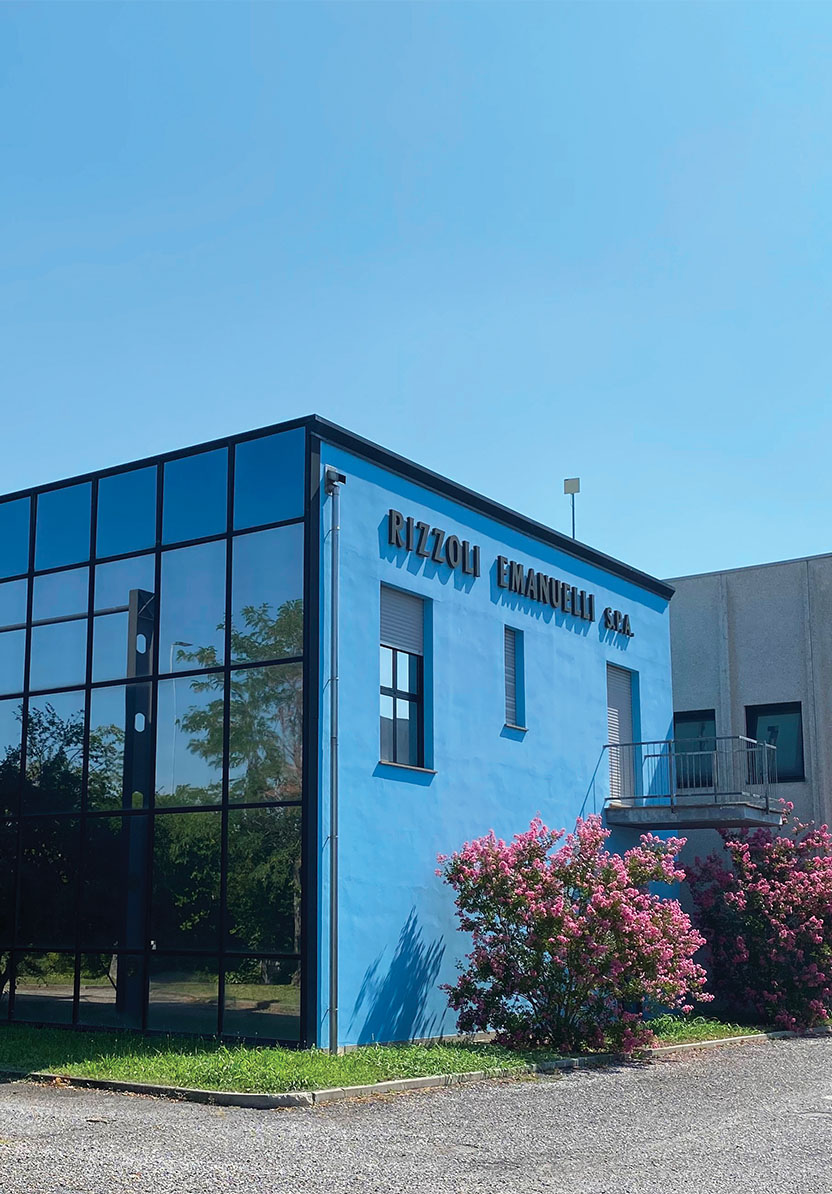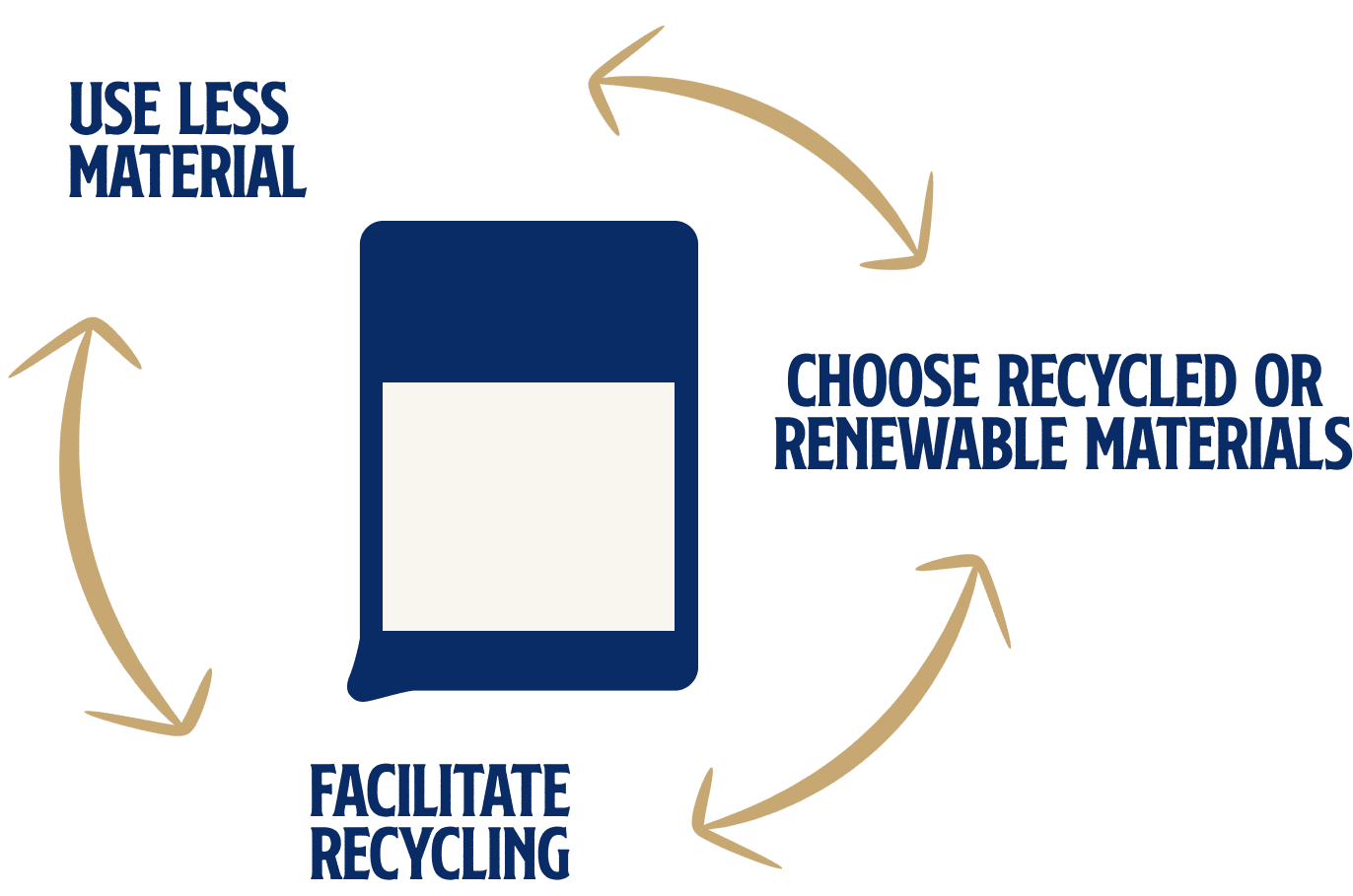ENVIRONMENT AND MATERIALS
OUR COMMITMENT


WHAT YOU NEED TO KNOW
On all our packaging we provide clear information on the composition
of the material and how to dispose of it.
Component Name
Suitable for any part of the packaging, such as ‘Film’ or ‘Tub’.
MATERIAL CODE
A specific alphanumeric code identifying the type of material used for packaging.
INDICATION FOR COLLECTION
Where to deliver the packaging, such as ‘Paper Collection’, ‘Plastic Collection’ or ‘Metal Collection’.
TIPS AND TRICKS
Tips for quality waste collection, such as ‘Consult your municipality’s regulations’.
THE MATERIALS WE USE FOR OUR ANCHOVIES ARE PAPER, GLASS, ALUMINIUM AND PLASTIC.
Route to sustainability
From 2022 we are working on a more sustainable course.*
To date, there is no such thing as the perfect material. Plastic is the most sustainable environmental solution compared to other packaging for the containment, storage and transport of canned fish.
It has low energy consumption, is lightweight, durable, versatile and if recycled correctly, has a greater benefit in all environmental impact categories than other materials.However, our R&D department is working to find substitutes for plastic and make our packaging more sustainable.
Rizzoli Virtuous Circle

Our goals
- Have trays with more and more recycled plastic.
- Reducing plastic while maintaining quality.
*Comparative analysis of the environmental impact of different types of packaging for semi-preserved fish. Cipack and Rizzoli Emanuelli – University of Parma
Our goals
 2022environmental impact study
2022environmental impact study
We carried out an LCA* – Life Cycle Assessment study in accordance
to technical standards UNI EN ISO 14040 and UNI EN ISO 14044 on some of our anchovies.
The environmental impact calculation was carried out using the EPD 2018 method
which considers 8 environmental impacts:
- ACIDIFICATION of water, soil and air
- EUTROPHICATION of plant organisms that change the ecological balance
- GLOBAL WARMING (Co2)
- PHOTOCHEMICAL POLLUTION
- ELEMENTS EXHAUSTING (metals)
- EXHAUSTION OF FOSSIL FUELS
- WATER SCARCITY
- DEPLETION OF THE OZONE LAYER.
Our recycled plastic packaging has a lower impact
on all EPD values than those made of aluminium and glass.
*(Ref. data year 2021) Source: Comparative analysis of the environmental impact of different types of packaging for semi-preserved fish. Cipack and Rizzoli Emanuelli – University of Parma
 2023A New Pack
2023A New Pack
All our shelf trays of anchovies have at least
50 per cent recycled plastic.
 2024EVER MORE SUSTAINABLE
2024EVER MORE SUSTAINABLE
For some trays we have reached 70% recycled plastic,
with a target of 90% by the end of the year.
New pack for Chilled Anchovies!

All our trays of the Chilled Anchovies line are durable and lightweight, with less environmental impact and ideal for storing anchovies.
